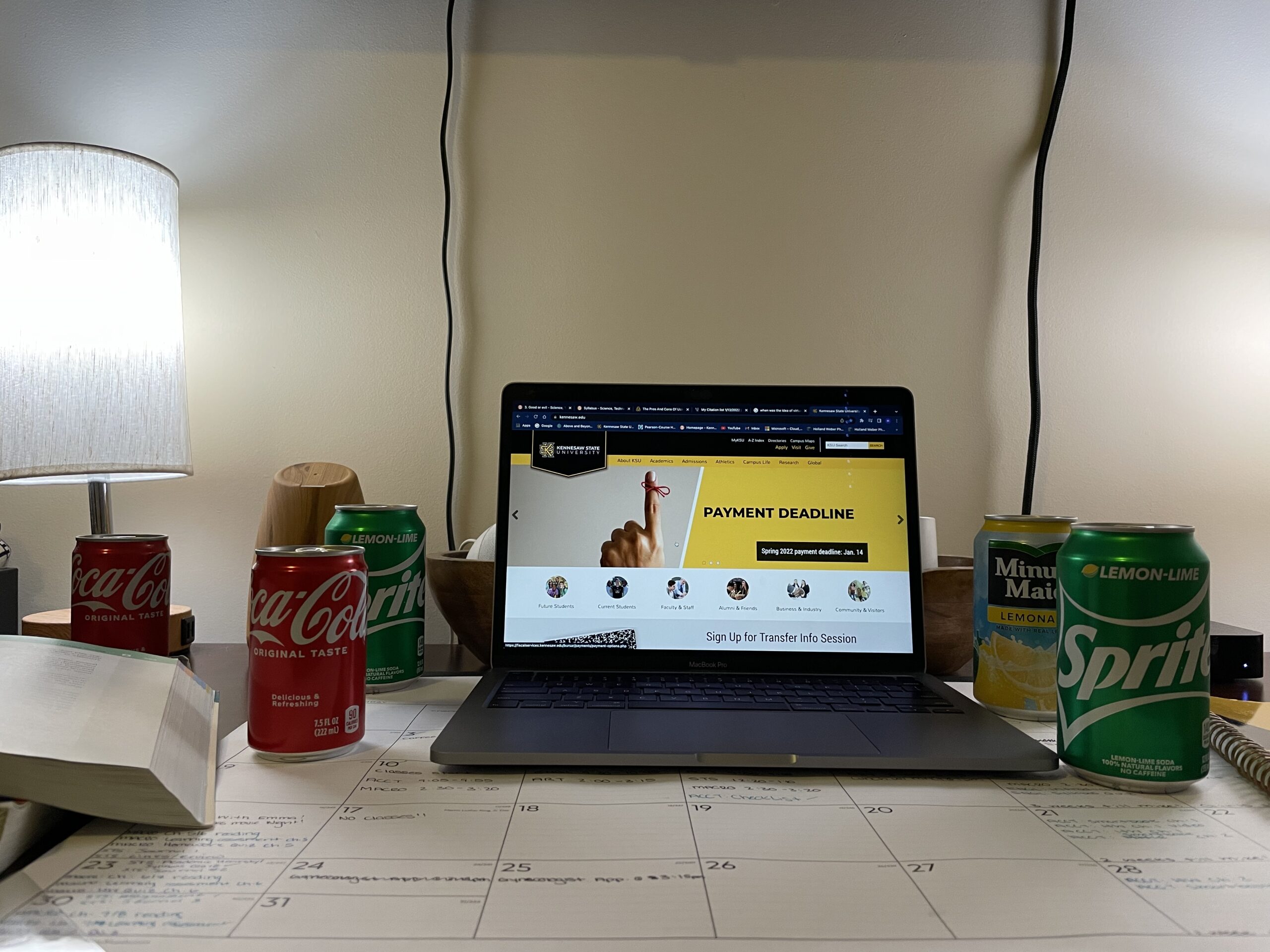For the better half of the past decade, companies have had the advantage of filling available positions with overqualified applicants due to a flooded job market created by the 2008 recession.
As companies have been able to take their pick of the litter for even the most menial positions, many young and inexperienced job seekers have felt the sharp pang of being either unemployed or underemployed. Bonnie Kavoussi of the Huffington Post suggests that, workers older than 55 have taken 58 percent of all new jobs in the past year.
Companies that hire primarily older, more experienced applicants overqualified young applicants do find immediate short-term gain, however, it is likely that companies will benefit themselves—not to mention the economy—more in the long run if they hire qualified young applicants with greater frequency than as of late.
Hiring a skilled workforce veteran does have advantages over hiring a less-established employee when it comes to job experience, but there are beneficial qualities to the
latter as well. An article on the Forbes website written by David K. Williams, CEO of Fishbowl, suggested that “less-established employees have room for growth. They are fresh and eager, not fatigued or scarred.”
Also, more often than not, a younger employee has an elevated sense of ambition and is willing to go above and beyond the call of duty in order to distinguish him or herself early on. This go-getter attitude traditionally seems to deteriorate as an employee becomes more experienced, mature – and sometimes – jaded. Companies that hire young employees can cash in on the go-getter attitude and use it to their advantage when introducing these young employees to the company culture. The employer can, at the early stages, essentially customize a less-established employee versus having to redesign and restructure one who is used to doing things differently.
Companies should also consider the fresh perspective young employees bring to an organization. True, older employees can bring a different perspective to the work environment as well, but a younger employee’s unique perspective is more likely to be up to date and geared toward the latest trends. If a company wants to continue to grow and prosper, it is crucial for that company to adapt to a constantly changing culture. A generation y employee can be a valuable asset to a company in this ever-changing environment., He or she has the latest theories and is most likely able to use the latest technology to help create and implement new company policy.
In addition, with the rising costs of health care in this country, companies—especially small businesses—will benefit by hiring a younger applicant over a seasoned veteran due to the insurance premiums associated with employee age groups. A study by Paul Fischbeck from Carnegie Mellon University puts a price tag on annual health care costs distributed across varies age groups. His numbers show that between the ages of 20 and 30, annual health care costs are about $4,000 while costs for 50- and 60-year-olds average about $7,000. Between the two age groups, costs nearly doubled. As employees get older, they get sick more often and have to go to the doctor more frequently. So, when companies hire older employees, they end up paying more in the long run due to the insurance premiums—not to mention, simultaneously absorbing the costs associated with medical leave if something major happens, which is statistically more likely to occur with older employees than younger employees.
There are many benefits to hiring qualified, young employees but that does not mean that companies should strictly hire them and disregard the older, more established workforce pool. The best thing for a company to do is hire both, thereby establishing a diversified work environment. The older can mentor the younger while the younger can inspire the older. By soliciting a broad spectrum of perspectives, a company is more likely to weather ongoing change.
Mark Leszczynski,
Senior English Major

